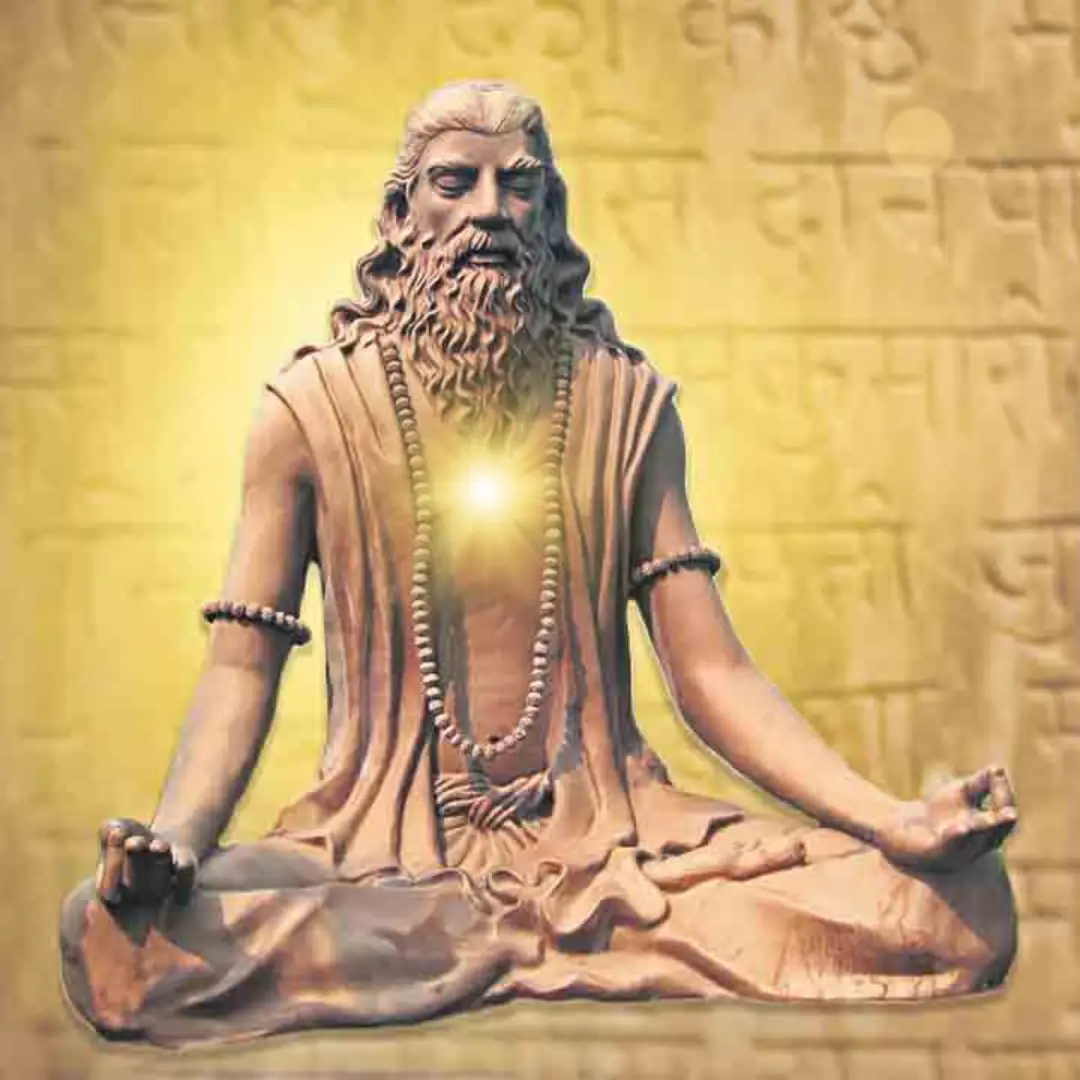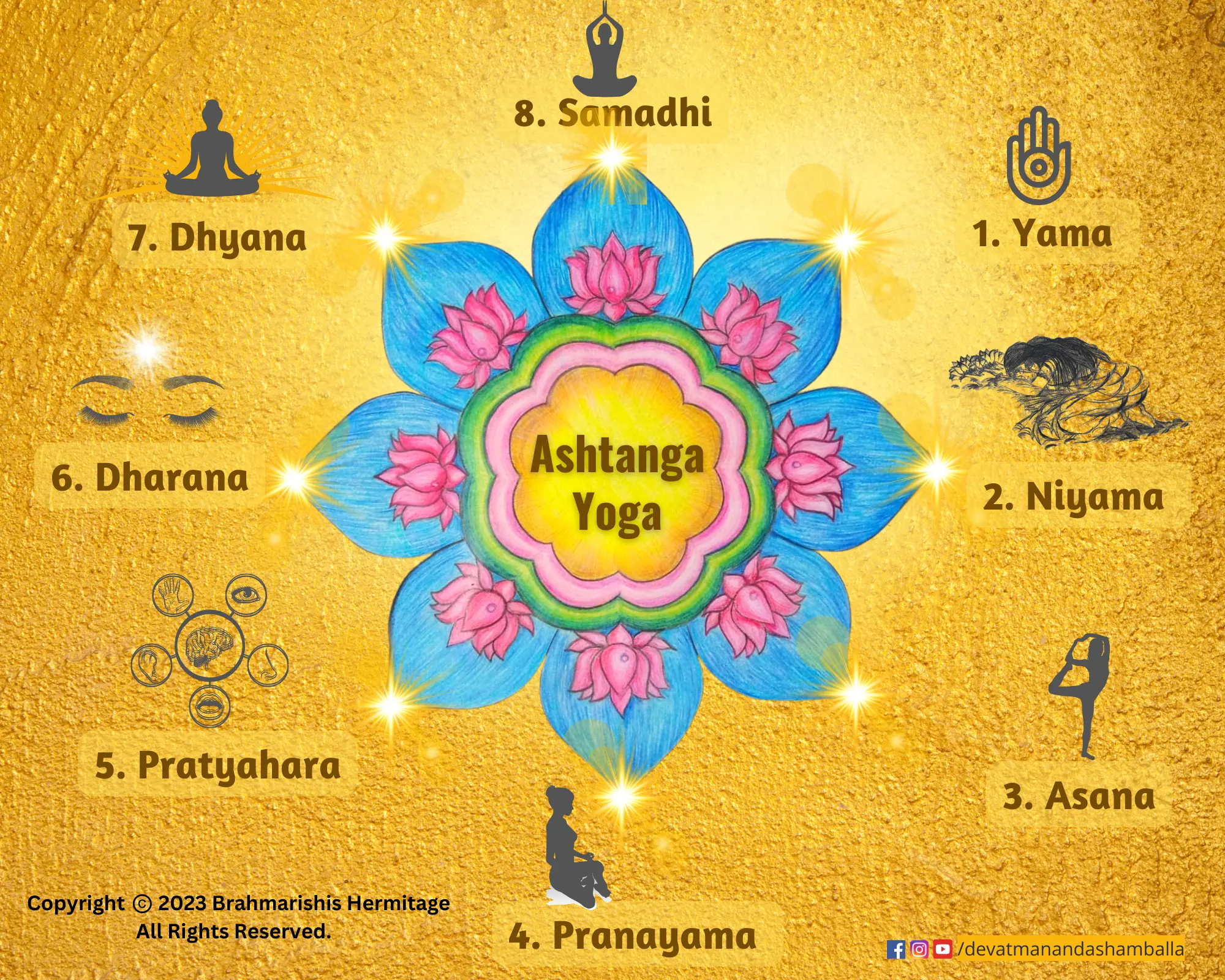PATHANJALI MAHARISHI

Pathanjali Maharishi was a great 2nd century Rishi. It is the Serpent God Adi Sesha who took birth as Pathanjali Maharishi.
Pathanjali Maharishi is worshipped as the 'Father of Yoga’ because of His immortal contribution called ‘Yoga Sutras’. It was He who first brought down the knowledge of yoga and meditation as 'Yoga Sutras', which is considered as a classical yoga text in today’s context. It is also the most translated ancient Sanskrit text. He synthesized ‘Yoga’ as pure and precise science. He also wrote treatises on grammar and medicine.
Pathanjali Maharishi is also considered as one of the 18 Siddhas. According to ‘Thirumandhiram’ the masterpiece of Siddha Thirumoolar, Pathanjali Maharishi learned yoga from the great Siddha, Nandhikeshwarar.
In the last decade, ‘Yoga’ has been the most searched text in the internet platform and India is found to be the chosen spiritual destination for many tourists. The science behind yoga and the clarity it provides attracts many such people.
Any modern day illnesses - both physical and mental, have remedies through yoga. Yoga covers all dimensions of human growth. It’s scope need not be limited to mere physical and mental well being. The right way to pay tribute to the great Rishi would be to make a conscious attempt to experience the completeness of the essence of yoga through realisation of the Self.
Any modern day illnesses - both physical and mental, have remedies through yoga. Yoga covers all dimensions of human growth. It’s scope need not be limited to mere physical and mental well being. The right way to pay tribute to the great Rishi would be to make a conscious attempt to experience the completeness of the essence of yoga through realisation of the Self.
ASHTANGA YOGA

Pathanjali Maharishi divided his Yoga Sutras into four chapters or pada in Sanskrit. They are Samadhi Pada, Sadhana Pada, Vibhuti Pada and Kaivalya Pada.
Ashtanga Yoga is explained in Sadhana Pada, as the step by step eightfold path to attain self realisation.Its eight integral components are: Yama, Niyama, Asana, Pranayama, Pratyahara, Dharana, Dhyana and Samadhi.
8 LIMBS OF ASHTANGA YOGA
Click each to read
Yamas are disciplines of self-restraint. They can be practised only in the world of interactions. They are ‘Universal Guidelines’ and they may be practiced at any time, place or circumstances. There are 5 prescribed yamas.
Ahimsa or non-violence is the total absence of violence by thought, word and deed. It is also not being harsh on oneself.
Satya or truthfulness is being truthful at all times, in all life situations. It is shunning all falsehoods.
Asteya or non-stealing is restraining oneself from all forms of stealing - like things, relationships, knowledge, ideas etc.
Brahmacharya is living in attunement with God all the time. It is also maintaining chastity or sexual restraint.
Aparigraha is a state of non-hoarding, non-possessiveness and abstaining from greed.
Niyamas are ‘Individual Guidelines’. There are 5 prescribed niyamas.
Shaucha or cleanliness indicates purity of both internal and external self. External purity is keeping our body and surroundings clean while internal purity is keeping the thoughts and emotions pure.
Santosha is joy or happiness resulting out of contentment and a peaceful mind.
Tapas is intense meditation. Tapas can be both external and internal. Controlling the senses with physical austerities is external tapas. Being calm in the midst of chaos, perseverance, sacrifices, are internal tapas. Physical and mental endurances help each other.
Swadhyaya means self-study. It is not only the study of sacred texts alone but also includes constant observation of one’s own behaviour, as well as the psychodynamics of the mind.
Ishwarapranidhana is complete surrender to God, Rishis or Guru. It is also complete acceptance of any result of our deeds as a blessing.
Asana means a firm and comfortable seat.
For pranayama and meditation, asana is a must. Without firm meditative posture, body stillness cannot be achieved and without this stillness, concentration and restraint of mind is not possible.
Yogasanas are physical exercises coupled with awareness and systematic breathing. They keep the body strong and supple.
Prana is subtle Cosmic energy which is present in the entire Universe. We receive prana from our Sun while breathing. Breath is the main source and proof of being alive. Pranayama is the practice of regulating our breath and its pattern.
During Pranayama, subtle prana enters into our koshas and purifies our system.
Pranayama helps in assimilation of more prana. Pranayama consists of inhalation, exhalation and retention. In retention, the chest acts as the magnetic field, spindles as turbines and transmits the in-drawn energy to the lungs that acts as energy generators. These generated energies are stored in the chakras. Chakras act as transformers that distribute energy to all parts of the body. This process helps us live for many years.
While asana is for the physical body, pranayama is for the subtle body. Regular practice of Pranayama strengthens the nadi system and the Panchakoshas. It also helps to bring stillness and reduce thoughts or thought rates during meditation.
Pratyahara is withdrawing senses and mind from external objects. It is consciously closing one's mind processes to the sensory world. Pratyahara empowers one to stop being controlled by the external world.
Pratyahara starts from the Intellect.
Dharana is one-pointedness of mind to external or internal form or object. It is holding on to a single concept or idea in one's mind. It helps the mind to steady itself on its own.
Watching the breath, chanting of manthras, visualisation of an image or object or light etc., are the various methods of Dharana.
Dhyana or meditation is a process aimed for silencing the Body, Mind and Intellect. It is the outcome of effective body stillness, concentration and visualisation.
As we advance in dhyana, we establish mental stillness, our awareness expands and we start experiencing Light.
Samadhi is the outcome of effective Dhyana.
It is absolute oneness. It is the thoughtless state where there arises no difference between the meditator and the act of meditation.
In samadhi we go beyond gender, time and space and we become Light.


follow us
view all quotes ...